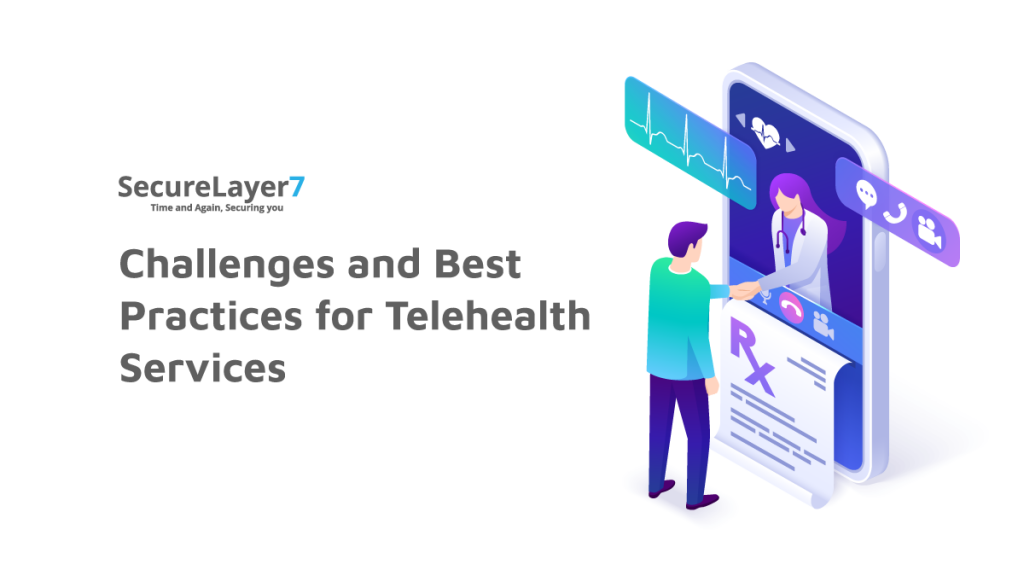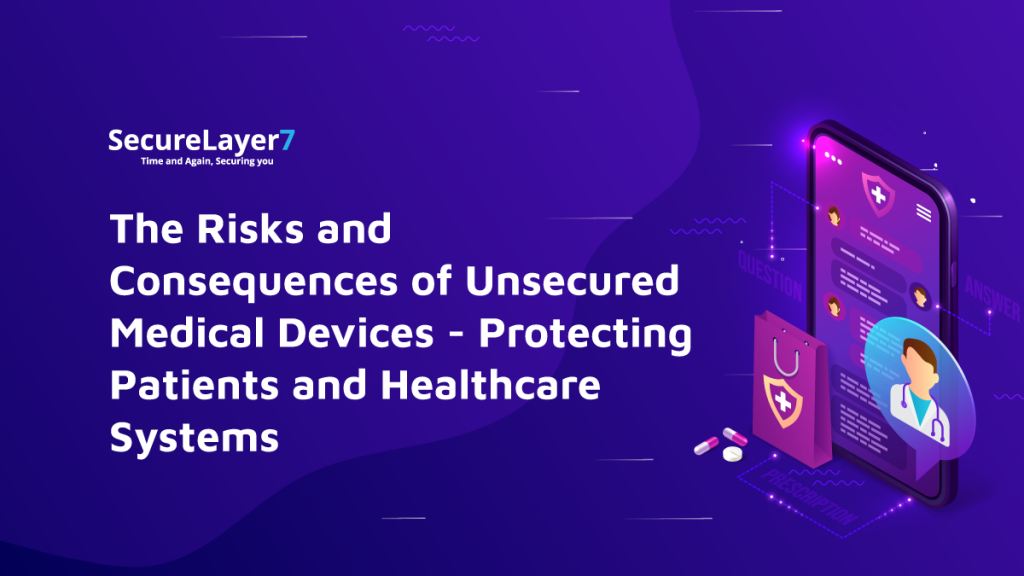
Securing the Edge: A Look at Healthcare Cybersecurity in the New World of Healthcare
January 12, 2023
How is ChatGPT Taking Over The Realm of the OffSec Industry?
January 16, 2023
There has been explosive growth in healthcare delivery over the past few years. The emergence of telehealth services has also become one of the biggest trends in healthcare delivery as it provides patients with access to healthcare providers and other medical assistance.
However, cybersecurity challenges exist as patients’ sensitive data gets transfer across the internet and wirelessly via a laptop, tablet, or even handheld devices.
With so many new cyber threats coming up each year. How can one ensure that one can keep all this information safe?
This blog will address just that, discussing the challenges of securing telehealth services and some best practices you can follow.
Challenges for securing Telehealth services
From data breaches to cyber attacks, the world of telehealth is not immune to security threats. Let’s check the most serious challenges of telehealth services.
1. Multiple devices
The diverse nature of telehealth services means many entry points for potential cyber-attacks. Using multiple devices and technologies in telehealth presents a significant security challenge.
One of the main issues is that each device or technology has vulnerabilities that hackers can exploit. For example, a hacker could try to gain access to a patient’s personal information through their smartphone, or they could try to exploit a vulnerability in the software used by a healthcare provider.
This makes it much harder to secure telehealth services, as many different systems and devices must get protection. This means protecting each device and technology separately and ensuring they all work together securely.
2. Transmission of sensitive data over the internet
Telehealth services involve using technology to remotely deliver healthcare services to patients. This can include video consultations with doctors, remote monitoring of patients, and sharing medical records and other sensitive information.
One of the main challenges with telehealth is ensuring the security and privacy of patient data as it travels over the internet.
When sensitive patient data travels over the internet, there is a risk of unauthorized access or tampering. This could be due to hackers attempting to gain access to the data or other individuals looking to misuse or abuse the information. To prevent this, it is important to ensure that the data get proper encryption to protect it from outsider access.
Best practices for securing Telehealth services
There are several best practices that healthcare providers can follow to ensure the security of their telehealth services.
1. Be up-to-date
Keeping all devices and technologies up to date with the latest security updates is critical in today’s digital world. Cybercriminals are constantly finding new ways to exploit vulnerabilities in systems and devices.
If one does not address these vulnerabilities, they can leave individuals and organizations vulnerable to cyber-attacks.
By regularly updating devices and technologies with the latest security patches and updates, the healthcare arena can better protect itself from these threats and reduce the risk of cyber-attacks.
Additionally, these updates often include new features and enhancements that can improve the overall performance and security of the device or technology. It is essential to prioritize regularly updating devices and technologies to ensure they are secure and functioning at their best.
2. Strong passwords
Strong passwords and other forms of authentication are vital for protecting the security and privacy of telehealth services. A strong password is one that is complex and difficult for others to guess. Ideally, it should get updation regularly to further increase security.
Other forms of authentication, such as two-factor or biometric authentication, can also be used to verify the identity of users and ensure that only authorized personnel can access sensitive data.
In addition to implementing strong passwords and other forms of authentication, telehealth providers should also have robust security measures to protect against cyber-attacks and other security threats.
This can include firewalls, encryption, and regular security updates to protect against vulnerabilities and keep data secure.
Strong passwords and other forms of authentication and robust security measures are critical for protecting telehealth services and ensuring the privacy and security of sensitive data.
3. Secure servers
Ensuring telehealth services are hosted on secure servers is crucial for protecting sensitive patient information. Hackers and other cybercriminals are constantly searching for ways to access this information. If telehealth services are not hosted on secure servers, it is much easier for them to gain access.
By hosting telehealth services on secure servers regularly monitored for potential threats, healthcare organizations can ensure that their patient’s data is kept safe and secure.
This protects patients’ privacy and helps prevent data breaches and other cyber-attacks, which can have serious consequences for both patients and healthcare organizations.
In addition, regularly monitoring servers for potential threats allows healthcare organizations to quickly identify them. And address any issues before they become major problems.
4. Training and awareness
Ensuring that your telehealth staff is properly trained in cybersecurity is important in protecting patient data and maintaining the integrity of the telehealth system.
The staff must know how to recognize and prevent cyber threats. These include phishing attacks, malware infections, and unauthorized access to patient data. This is possible through ongoing training, education, and strict security protocols and policies.
In addition to prevention measures, it is also important that telehealth staff are trained on how to handle data breaches if they occur. This may involve implementing emergency protocols to mitigate the impact of the breach and ensuring that all relevant parties, including patients and regulatory bodies, are notified in a timely manner.
Telehealth staff must prepare to respond quickly and effectively to data breaches. This can minimize potential patient harm and maintain trust and confidence in the telehealth system.
Conclusion
Securing telehealth services is a complex task requiring a comprehensive approach. By following best practices such as keeping devices and technologies up to date, implementing strong passwords and authentication, hosting services on secure servers, and training staff on cybersecurity, healthcare providers can help ensure their telehealth services’ security and protect the sensitive data of their patients.

